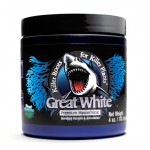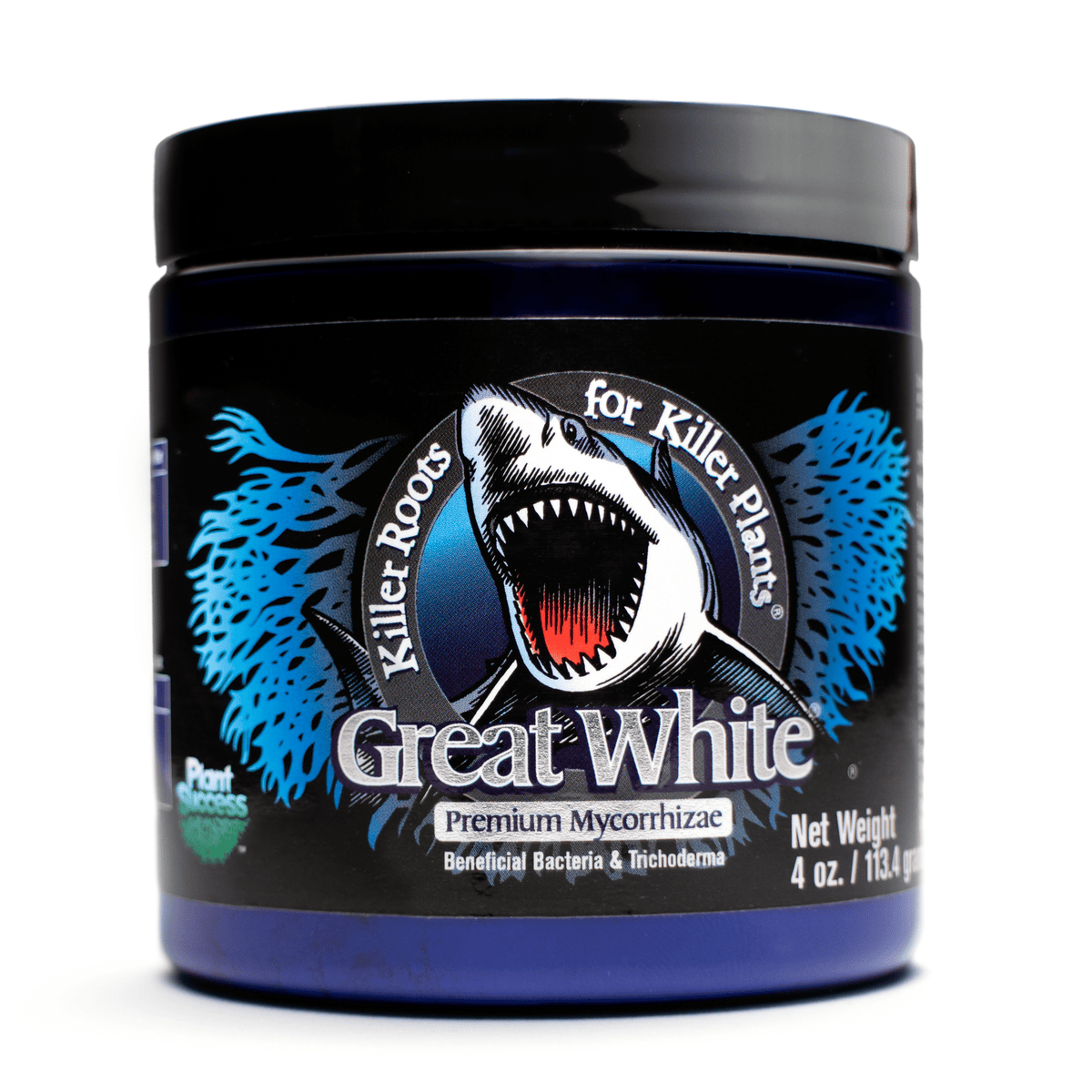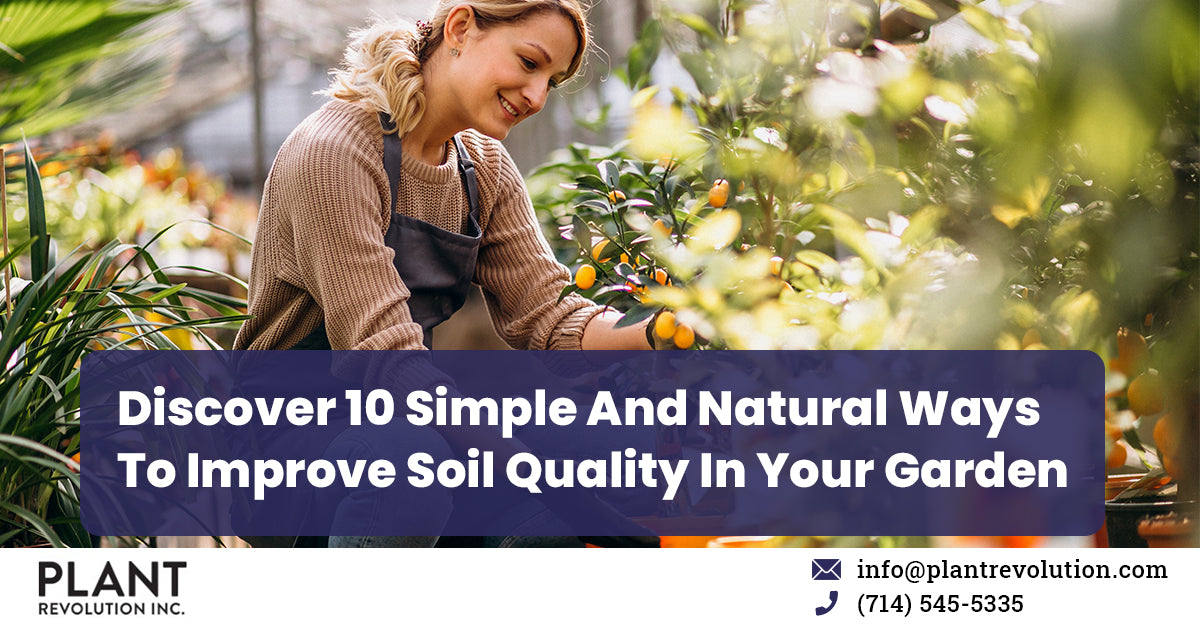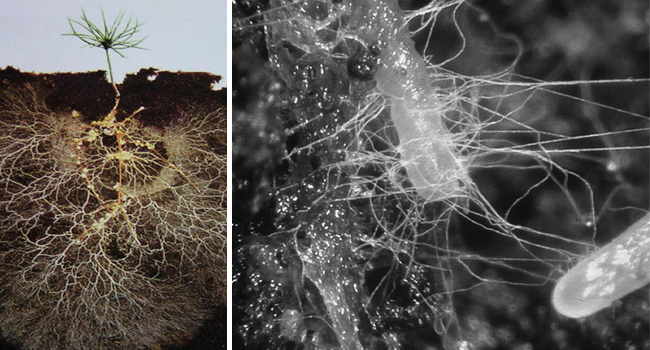Discover 10 Simple and Natural Ways to Improve Soil Quality in Your Garden
Are you a cannabis grower struggling with unattractive buds, stunted plants, and poor yields?
Are you experiencing significant financial losses due to your poor-performing gardens?
Whether you are a large-scale cannabis grower or a small-scale kitchen gardener, it’s about time you checked the quality of the soil in your garden. Poor soil quality negatively impacts crop production, subsequently leading to huge losses.
Good quality soil, on the other hand, is vital for an abundant and healthy garden. It’s rewarding to transform your ailing and lifeless soil into that rich quality soil you desire for your garden.
Healthy soil is essential for growing vigorous, strong plants that are resistant to diseases and pests. Besides, healthy soil produces abundant food.
“If you treat your soil well, it will treat your plants well.” - USDA
In this post, we explore 10 effective ways to improve the soil quality in your garden.
Here is an outline of what we are going to cover:
- What are the components of soil quality?
- Basics of quality, healthy soil
- The importance of organic matter in improving soil quality
- 10 Ways to Improve the soil quality in your garden
- Add Compost
- Carry Out a Soil Test
- Mulch the Soil Surface
- Prevent Soil Compaction
- Consider Crop Rotation
- Grow Cover Crops
- Add Aged Manure
- Try No-till Gardening
- Weed the Garden More
- Supply What is Missing
- Understanding the role of microbes in improving soil quality
What are the Components of Good Soil Quality?
Over
40 percent of agricultural soil globally is classified as degraded or seriously degraded. Quality soil consists of the following:
- Water
- Organic matter
- Air
- Mineral particles
- Microorganisms
Striking a balance between the parts mentioned above is key to having a sustainable and healthy garden. Your soil needs to be properly fed to nourish your garden and grow healthy plants.
The Basics of Quality, Healthy Soil
Healthy garden soil supports and sustains healthy plants. It’s the soil that feeds your plants and you benefit more when it’s fertile. Furthermore, the soil must be well-drained and loose to allow proper air circulation and root growth.
Improving your soil quality include the following:
- Minimizing water loss and nutrient depletion
- Ensuring that the soil is not structurally damaged or contaminated
- Maintaining good nutritional content and soil structure
- Maximizing the capacity of your soil to support life
- Ensuring that the soil can support plant needs
Quality soil is healthy soil that is rich in minerals, organic matter, and nutrients.
The Importance of Organic Matter in Improving Soil Quality?
Organic matter simply refers to carbon compounds from living organisms. Examples include plant debris, animal manure, grass clippings, and shredded leaves.
It provides nutrition for the plants and soil as well as promotes biodiversity in the soil subculture that is most beneficial to plant life. It also promotes aeration and proper drainage in the soil.
Organic matter supplies nutrients to plants and improves your soil texture. Plus, it helps with soil buffering and binding pollutants. The microorganisms in the soil break down this organic matter before converting it into the nutrient-rich humus your plants need.
Adding organic matter to your soil allows it to drain better as it becomes loose and well-aerated. Consequently, plant roots grow easily as they can penetrate the loose soil. Also, the soil retains more moisture, holds together, and has more nutrients.
Ways to improve the soil quality in your garden
You can transform any soil into the healthy garden soil you always desired. However, improving soil quality is a process that takes time and effort. Here are some of the most effective ways to improve the soil quality in your garden.
- Add Compost
Compost is just decomposed organic matter. Adding compost is one of the best ways to improve the quality of your garden soil.
Compost will feed your garden soil, improve its structure, and ensure that it retains both nutrients and moisture. Furthermore, compost promotes proper drainage and makes the soil sustainable, as it can absorb water deep enough to reach the plant roots.
Adding compost also helps improve the soil pH, protecting your plants from common diseases. Remember, organic matter feeds microbial life and earthworms in the soil. In turn, the worms tunnel through the garden soil to improve drainage and aeration.
You can apply compost as a top-dressing to gradually improve your soil quality. Besides, the effect on the plants is almost immediate as the manure leaches into the soil. For best results, ensure that the compost is distributed well throughout the garden to get more effective results.
- Perform a Soil Test
Apart from adding compost, you need to perform a soil test to determine nutrient deficiency. We recommend that you do a soil test periodically, say after every few years to identify what nutrients your soil requires.
The test enables you to determine the soil deficiencies in terms of nutrients. Act according to the recommendations of the test to improve the soil quality for healthier plants and increased production.
You can get soil testing kits online or locally at stores selling garden supplies. This way, you can do the test yourself. Alternatively, you can use your local extension office to get a more detailed soil analysis.
The soil test provides you with the soil pH, and readings for calcium, potassium, magnesium, phosphorus, and sulfur. Additionally, you identify the organic matter level and lead content in your soil.
After the detailed professional analysis, you receive recommendations on how to adjust the levels or address deficiencies.
Therefore, understanding the soil nutrient shortages is vital and helps you nourish the soil properly with suitable organic amendments.
For instance, you can use worm casting for nitrogen or alfalfa meal to add potassium, phosphorus, and nitrogen to your soil. Bone meal adds calcium and phosphorus. However, most people use all-purpose fertilizer to meet soil nutrient needs.
- Mulch the Soil Surface
Like compost,
mulch improves the soil quality in your garden and protects your plants from heat and cold. Besides, mulching keeps your soil cool, retains its moisture, and prevents weed growth.
Most importantly, the mulch decomposes and adds organic matter to your garden soil, thereby increasing soil fertility.
You can use grass, leaves, legumes, and hay to create mulch for your garden or farm.
- Prevent Soil Compaction
Activities, such as applying fertilizer or pesticides, can compact the soil, making it more difficult for plants to absorb water and nutrients. Compacted soil makes it difficult for plant roots to spread out or obtain moisture.
Furthermore, compact soil affects the microbiological activity vital for converting organic matter into essential nutrients for plant growth. Clay soil is known to compact easily and you need to add organic matter to balance the soil structure.
The best way to prevent soil compaction is to avoid using fertilizers and pesticides regularly.
Alternatively, you can establish designated garden beds to allow for easy movement around your garden. As you know, stepping on the garden compacts the soil, and you can avoid this by having designated beds.
Divide the area and leave walking paths to ensure that you don’t walk on the garden soil. Properly size up the beds to ensure that you can reach all areas without needing to step on the soil. Also, ensure that there is enough room to allow the passage of a wheelbarrow or mower.
- Consider Crop Rotation
Crop rotation has so many
benefits. First, you should rotate your crops annually to prevent depleting your soil nutrients. Crop rotation also interrupts disease and pest cycles, helping your garden to always remain healthy.
For instance, potato pathogens can multiply in a single growing season. So, if you grow the same crop next year, the plants will be adversely affected. The hungry disease organisms from the previous season will destroy your crop.
Crop rotation ensures that organisms and disease pests die out naturally as their preferred crop is no longer available in your garden. Use the three-year rule in your crop rotation cycle. Don’t grow the same vegetable family for the next three years in the same place to allow soil pathogens to die.
- Grow Cover Crops
Cover crops improve the soil quality and provide nutrients to the soil by preventing erosion, inhibiting weed growth, and reducing soil compaction. Plant your cover crops towards the end of the gardening season and leave it for the winter.
Use the remaining crops as green manure or turn them under to increase soil fertility. Ideally, you should grow crops like turnips, kale, radishes, or other broadleaf greens as they provide sufficient cover, as well as food for your family.
- Add Aged Manure
Aged manure improves your soil fertility and garden soil health. Resist fresh manure as it burns plants and can contain pathogens. Let your manure age for a few months before using it in the garden soil.
Bat, horse, sheep, cow, goat, chicken, and rabbit droppings are super rich in nutrients and will significantly improve your soil structure.
Animal manures could be contaminated by herbicides and pesticides, which can affect your garden crops. Therefore, get assurance from the farmer that the animals didn’t eat feeds treated with herbicides or pesticides.
- Try No-till Gardening
Did you know that your garden is a living ecosystem full of microorganisms?
Yes. Your garden contains a host of organisms, including bacteria, and fungi among other living organisms. Therefore, when you till, you destroy the
bacteria, fungi, and their habitats.
No-till gardening is a new method of plowing that allows beneficial organisms to thrive and continue multiplying to create an improved soil structure.
For instance, soil drainage and aeration improve significantly if your soil contains more worms, ants, and beetles. These organisms thrive in no-till gardens since their habitat remains intact.
- Weed the Garden More Regularly
Weeding helps eliminate competition for the nutrients that your plants need to thrive and stay healthy. However, avoid stepping into the garden while weeding.
Besides, removing the weeds makes the garden look organized and well-maintained. Interlopers are unhealthy for the garden. These intrusive plants adversely affect your plants as they consume nutrients from the soil. Use the weeds as mulch to preserve soil moisture.
- Supply what is missing
If you maintain your garden soil well, it will repay you with an abundant harvest.
One of the best ways of ensuring that the soil in your garden is healthy is by performing a soil test and supplying whatever nutrients that are missing. Organic farming and soil cycles reduce the need to use fertilizers as the soil retains most of the nutrients.
Use the results of the soil test to determine the nutrients your soil is lacking and work on supplying those nutrients. Proper nutrients require better gardening methods like mulching, crop rotation, cover crops, organic manures, or compost.
You can engage
agricultural experts and incorporate best gardening practices to ensure sustainable soil quality throughout the year.
Understanding the Role of Microbes in Improving Soil Quality
One of the most efficient, but most underestimated methods of improving soil quality is the use of highly specialized microbes, known as
mycorrhizae.
Mycorrhizae are fungi that form symbiotic relationships with plants to ensure improved soil quality and healthy plant growth. These microbes break down organic matter to give your plants the nutrients they need in exchange for sugars from the plants.
You can add
microbes directly into your soil to improve its quality. However, use a superior blend of Mycorrhizae that will give your garden soil the beneficial results you desire. A steady supply of microbes is vital for a successful gardening venture.
Besides, microbes are great for plants to help establish a good root system. As a gardener, you will see the improved vitality of your plants.
Your plants get the solid foundation they need for healthy growth, while producing abundant harvests. Modern gardening practices involve incorporating working strategies that revitalizes your plants.
Therefore, improve the soil quality of your garden to ensure that your plants flourish. Incorporate
Mycorrhizae to improve soil quality and give your plants the necessary boost.
So, What Next?
As you have learned by now, soil quality determines the health of your plants. Strive to ensure that the garden soil has essential nutrients and conditions like aeration and good drainage to make your gardening venture worthwhile.
The key to having a beautiful garden is by treating the soil like an ecosystem that needs everything essential to its survival. Mycorrhizae from
Plant Revolution ensures that your plants have good root systems besides improving the soil quality.
Are you struggling with poor performing gardens and malnourished plants? Read here to learn how to improve the soil quality in your garden naturally...

plantrevolution.com





















